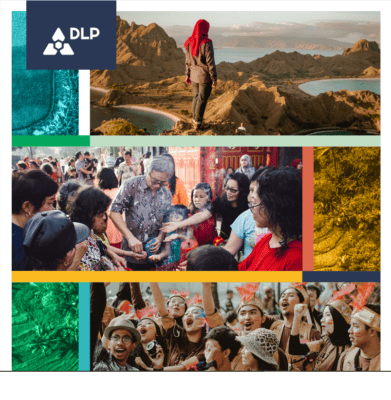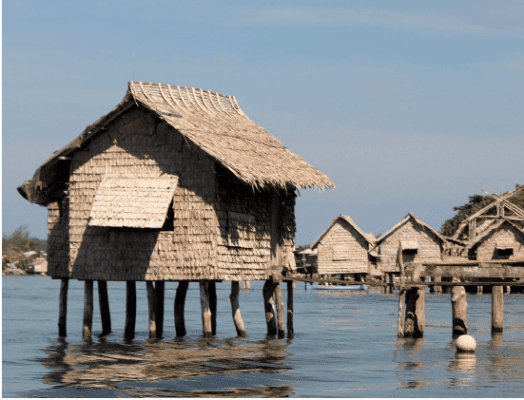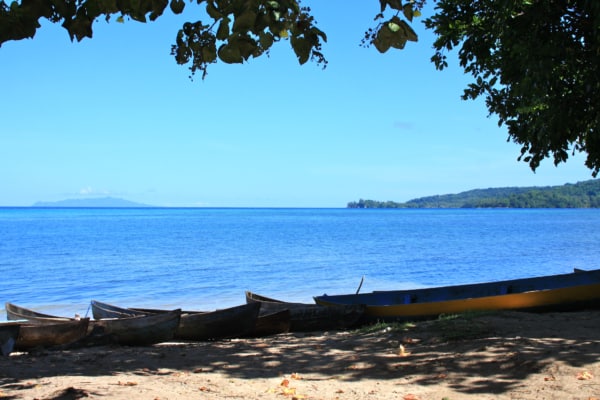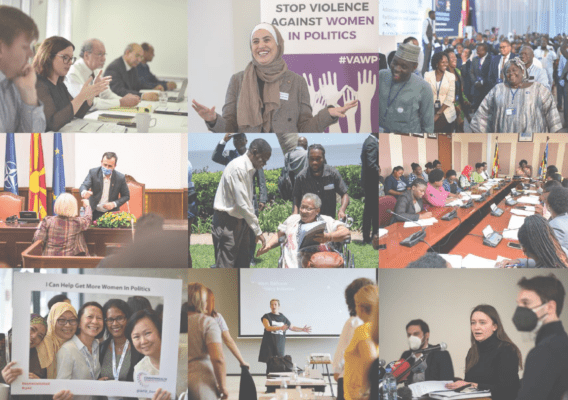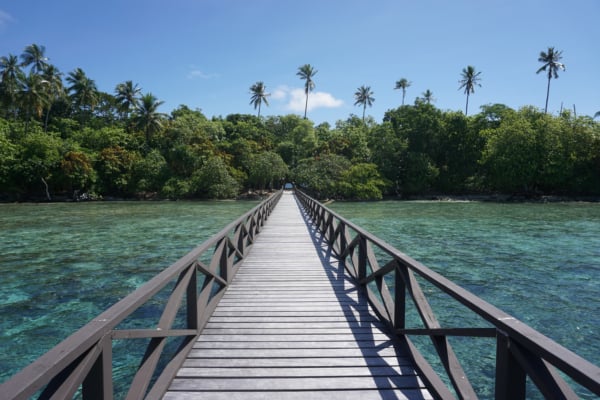In honour of International Women’s Day 2022, DLP brings you this blog by VAW researcher and consultant Mia Hyun.
Understanding how gendered norms and institutions shape leadership in governance response to Violence Against Women is the key to identifying enabling factors for policy reform.
Gender-based violence is the most prevalent human rights violation in the world. According to the World Health Organisation, violence against women (VAW) is a global “epidemic with major … consequences” affecting an average of one third of all women. While VAW is fundamentally a function of unequal gender relations, patriarchal social norms, and the subordination of women, policy does matter. Recent research shows that countries with no comprehensive VAW legislation have the highest rates of intimate partner violence (IPV), and that comprehensive prevention and response programming does not always follow comprehensive VAW legislation. Policies related to institutionalising the prevention and response to VAW challenge the status quo upheld by patriarchal social and gender norms, and are among the most difficult to successfully implement.
Policy measures to address VAW must extend beyond the adoption of laws to actual programmes and policies designed for VAW prevention and response. Most South East Asian countries have made considerable progress in reducing gender gaps in education, health and employment, but women’s participation in decision-making and politics lags behind.
Actual VAW prevalence is hard to measure. According to global WHO prevalence data South East Asia has among the lowest regional rates of IPV in the world at only 21 percent. Meanwhile another UN VAW study covering 6 countries across Asia found an average rate of IPV ranging from 26 to 80 percent across sites, non partner rape was reported by 10 to 59 percent of women respondents, and 72 to 97 percent of men perpetrating rape did not face legal consequences. This suggests that policy measures to address VAW must extend beyond the adoption of laws to actual programmes and policies designed for VAW prevention and response.
Analysing the governance conditions associated with different policy reform outcomes informs strategies to accelerate progress. The 10 ASEAN Member States (AMS) have twice ratified ASEAN Declarations on Violence Against Women, first in 2004, and a more detailed version expanded to include Violence Against Children in 2013, as well as the 2016-2025 ASEAN Regional Plan of Action on Violence Against Women (RPA).
The national level policy instruments included in the DEVAW and the RPA include the following:
- national action plan on EVAW developed and implemented;
- national multi-sectoral and interagency coordination established;
- sub-national mechanisms developed with adequate resources;
- VAW prevalence data collected in line with international standards;
- adoption of gender responsive legal frameworks to penalise all forms of VAW in full compliance with CEDAW;
- implementation of preventive interventions that address the root causes of VAW including gender stereotypes and harmful and traditional religious practices;
- national guidelines for SOPs on performance standards for service providers on gender-sensitive handling of VAW cases, including guidelines for support services for victims/survivors and the administration of justice.
These instruments are consistent with the United Nations Global Database on Violence against Women categorisation of EVAW policy instruments which includes legislation, national action plans, and regulations/protocols/guidelines. In principle, the ASEAN Declarations and RPA demonstrates collective commitment as a region to addressing VAW. However, the recent Mid-Term Review (MTR) of the implementation of the RPA shows significant variation across the 10 member states and some surprising outcomes.
Countries that have made the most progress on adopting the VAW policy instruments include Cambodia, Lao PDR, the Philippines, and Vietnam. They all show similar results: they have all completed National Action Plans on VAW, and collect VAW prevalence data in line with international standards. They are also in the process of establishing national multi-sectoral and inter-agency coordination mechanisms and sub-national mechanisms with adequate resources, gender-responsive legal frameworks to penalise all forms of VAW, preventive measures and standard operating procedures and guidelines.
Most of these countries have the lowest democracy levels, least political space for civil society, among the lowest GDP per capita, the highest levels of Overseas Development Assistance (ODA) per capita, and high levels of poverty within ASEAN. While these conditions may seem counter-intuitive for progressive VAW policy reform, one thing these countries do have in common are robust national women’s machineries – government entities responsible for gender and women’s policy issues, including women’s ministries, women’s offices or departments within other ministries, women’s commissions, and in socialist contexts such as Vietnam and Lao PDR, women’s unions.
National women’s machineries have overall responsibility for ensuring and overseeing the implementation of the Declaration and RPA. Characteristics of these national machineries include their status and visibility, their structure and reach (across government agencies and from national to sub-national levels), their technical capacity and access to resources and power. These characteristics are important in overseeing multi-sectoral coordination mechanisms and holding the relevant branches of government accountable for their role and functions related to VAW, including justice and police, health and social services. National Action Plans and Standard Operating Procedures are also critical to ensure VAW laws do not remain unrealized words on paper and are actually put into effect. It is often national women’s machineries who oversee the development and implementation of these policies.
Progress on the joint commitments outlined in RPA has been uneven. For example two of the AMS do not have specific laws on VAW, and marital rape, FGM, sexual harassment and child marriage have not been criminalised by several members states.
Asia is the only region without a legally binding convention on VAW, such as those found in the Americas (the Belém Convention), Africa (the Maputo Convention) and the EU (the Istanbul Convention). Unlike conventions, declarations are not legally binding, and lack enforcement mechanisms. ASEAN has ratified the “Convention on Trafficking in Persons, Especially Women and Children,” which addresses one specific aspect of VAW, but is reluctant to turn the Declaration on VAW into a legally binding Convention. Some observers suggest this is due to cultural specificity of certain forms of VAW, and the fact that criminalisation of IPV runs counter to patriarchal gender norms. Such norms frame gender based violence as a “private issue” which falls under the domain of the family, and the sanctity of the family is a core foundation of patriarchal control.
Understanding how VAW (and gender in general) are framed in a given context is essential to unpacking how policymakers respond to it. The framing of gender issues, which is a function of prevailing gender norms, also informs how women’s machineries are established and viewed by the rest of government, and their capacity to influence change. Gender responsive policy reform, within which eliminating VAW is a critical and urgent task, requires high level institutional leadership and vision. National women’s machineries need to be strengthened and given the authority to ensure VAW reform is effectively internalised and implemented across the rest of government. This can only be accomplished if patriarchal gender norms that underpin current bureaucratic leadership structures, and the way in which women and gender issues are framed, are challenged and transformed.



